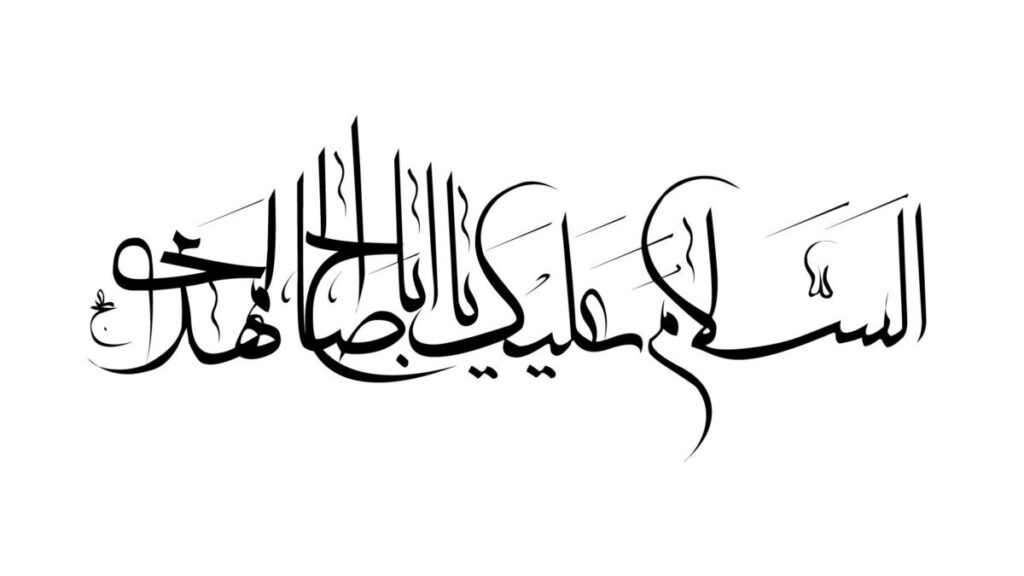There are some special characteristics which are associated with the holy personality of Imam Mahdi (as) which were not present in the other Aimmah (as). These include his Ghaybat, his hidden birth and his long life.
Having knowledge and understanding of these special characteristics is important for they are unique to the true Imam Mahdi (as). False claimants to this post do not enjoy these characteristics. Therefore they always reject these qualities even though there are several hundred traditions which explain these characteristics from various aspects.
For each of the special characteristics of Imam Mahdi (as), Allah (swt) has kept sufficient examples in previous prophets, the narrations of which have reached us through the Quran and traditions of Holy Prophet (sawa) and Aimmah (as). For example, Imam Mahdi (as) has a long life (more than 1,100 years till date). However his long life is dwarfed by the long life of Hazrat Nuh (as) which was 2,500 years.
Why Imam Mahdi (as) has special characteristics
These examples have been placed by Allah for two reasons. Firstly, believers and skeptics should not doubt these characteristics in Imam Mahdi (as). While they are unique to his personality, yet they have occurred in the past in the previous prophets. The Allah who could place these special qualities in His prophets can do so for His Imam as well.
Secondly, these characteristics serve to remind us that “Allah has power of all things.” A believer who reads the Quran is reminded of this power time and again.
In the case of Ghaybat as well, we find that there were several prophets who were absent from their communities, who were subject to some kind of Ghaybat in their societies. Narrations from Aimmah bring forth the Ghaybat of Prophet Idrees (as), Hazrat Ibrahim (as), Hazrat Musa (as) and even Hazrat Yusuf (as) amongst others.
The book Kamaluddin by Shaykh Sudooq (ar) which was written by the order of Imam Mahdi (as) himself is a rich source for reading up on the narrations of these prophets (as). The book contains several traditions from Aimmah on the topic of Ghaybat. Some of these traditions are given below:
The Holy Prophet (saws) said, “Mahdi is from my descendants. His name is my name and his agnomen (Kunniyat) is my agnomen. He most closely resembles me in appearance and behavior than all other people. There will be occultation and confusion for him. So much so that people will deviate from their religion. Then a time will come when he would appear like a shooting star and he would fill up the earth with equity and justice just as it would be brimming with injustice and oppression.” (Kamaluddin chapter 25, tradition 1)
Ameerul Momeneen Imam Ali (as) said, “For our Qaem there is an occultation, which shall be prolonged. As if I can see the Shias resembling quadrupeds searching for pasture but being unable to find it. Know that, whosoever from them remains firm on his religion and whose heart is not hardened due to the prolonging of occultation, then he shall be with us in our rank on the Day of Judgment. Then he said: When our Qaem arises, he would not have the allegiance of anyone upon his neck, therefore his birth shall be secret and he himself shall be in occultation.” (Kamaluddin, chapter 26, tradition 14)
Imam Baqir (as) said, “In the Master of this affair (Imam Mahdi), are the Sunnah (practices) of four prophets: Musa, Isa, Yusuf and Mohammed (sawa). From Musa is being fearful for his life and his occultation, from Yusuf is the imprisonment, from Isa it is that it would be said: He is dead, while it would not be so. And as for the similarity with Mohammed (sawa) it will be his advent and rising up with the sword.” (Kamaluddin, chapter 32, tradition 6)
Before commencing the narrations of the Prophets, it is important to note that there are some common threads that runs through them.
- The period of Ghaybat is usually a period of trial and tribulation for the believers. Allah tests the believers through Ghaybat – through loss of life, wealth and even faith. In that sense, Ghaybat is to test those who remain steadfast in the face of the apparent absence of the Divine spiritual leader
- The period of Ghaybat usually ends when the believers supplicate sincerely before their Lord to end their misery through the appearance / reappearance of the Divine leader. This sincerity follows on account of the trials that they undergo, usually a period of persecution through the government
- The prayers of the believers do work in the case of Ghaybat. We find that in several instances, Allah reduced the period of Ghaybat and actually brought forth the messiah for the age due to the prayers of the believers.
Read more about Ghaybat of:
Hazrat Ibrahim (as) | Hazrat Idrees (as) | Hazrat Musa (as) | Hazrat Saleh (as) | Hazrat Yusuf (as)
Read More About Ghaybat
- Where is Imam Mahdi (as) Today?
- Has Ghaybat been discussed in Quran?
- Has Ghaybat Been Discussed in Traditions?
- Understanding the Meaning of Ghaybat
- Is Ghaybat Unique to Imam Mahdi (as)?
- Ghaybat Sughra – The Four Special Deputies
- Hidden Imam Is Like The Sun Behind The Clouds
- Why Imam Mahdi (as) Is In Ghaybat?
- Scholars Are The Protectors of Wilayat

